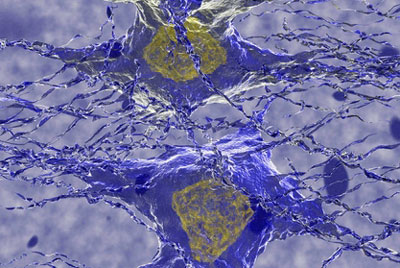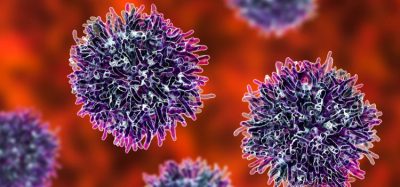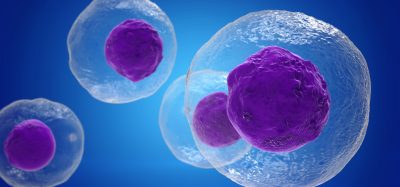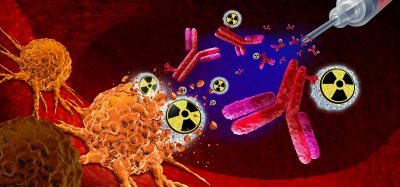Cancer drug FY26 found to be 49 times more potent than Cisplatin
Posted: 7 July 2015 | Victoria White
FY26, a drug able to shut down a cancer cell by exploiting weaknesses inherent in their energy generation, is 49 times more potent than Cisplatin…


Tests have shown that a new cancer drug, FY26, is 49 times more potent than the clinically used treatment Cisplatin.
Based on a compound of the rare precious metal osmium and developed by researchers at the University of Warwick’s Department of Chemistry and the Warwick Cancer Research Unit, FY26 is able to shut down a cancer cell by exploiting weaknesses inherent in their energy generation.The researchers argue that the drug could be cheaper to produce, less harmful to healthy cells than existing treatments and has been shown to be active against cancer cells which have become resistant to platinum-based drugs.
The experiments conducted by the Wellcome Trust Sanger Institute comprising 809 cancer cell lines found that FY26 was 49 times more potent than cisplatin. Similar results were obtained by the National Cancer Institute USA in tests conducted on 60 cell lines.
The new drug works by forcing cancer cells to use their mitochondria, the ‘power house’ of a cell, to generate the energy necessary to function. Whilst healthy cells use mitochondria to generate energy, cancer cells contain defective mitochondria which are incapable of sustaining the cell’s energy requirements.
FY26 works by attacking the energy balance in cancer cells
In the absence of FY26, cancer cells switch from using their defective mitochondria to using metabolic activity in their cytoplasm to generate energy. By stopping this switch of energy source, the drug causes the cancer cell to die.
Lead researcher Professor Peter Sadler, of the University of Warwick’s Department of Chemistry, explained, “Healthy cells generate their energy in organelles called mitochondria, but cancer cells have defective mitochondria and are forced to generate energy through glycolysis in the cytoplasm. Our new compounds work by attacking the energy balance in cancer cells.”
Commenting on the drug’s benefits when compared to existing platinum-based drugs, such as Cisplatin, Professor Sadler said, “Platinum-based drugs are used in nearly 50% of all chemotherapeutic regimens and exert their activity by damaging DNA and cannot select between cancerous and non-cancerous cells. This can lead to a wide-range of side-effects from renal failure to neurotoxicity, ototoxicity, nausea and vomiting.
“Existing platinum-based cancer treatments often become less effective after the first course, as cancer cells learn how they are being attacked, but our new osmium compound with its different mechanism of action, remains active against cancer cells that have become resistant to drugs such as Cisplatin”.
The research could also lead to substantial improvements in cancer survival rates, suggests co-researcher Dr Isolda Romero-Canelon, “Current statistics indicate that one in every two people will develop some kind of cancer during their life time, with approximately one woman dying of ovarian cancer every two hours in the UK according to Cancer Research UK and two deaths every hour from bowel cancer.
“It is clear that a new generation of drugs is necessary to save more lives and our research points to a highly effective way of defeating cancerous cells”.
The study results are published in PNAS in a paper entitled ‘Potent organo-osmium compound shifts metabolism in epithelial ovarian cancer cells’.
Related topics
Oncology
Related organisations
Cancer Research, Warwick University, Wellcome Trust







